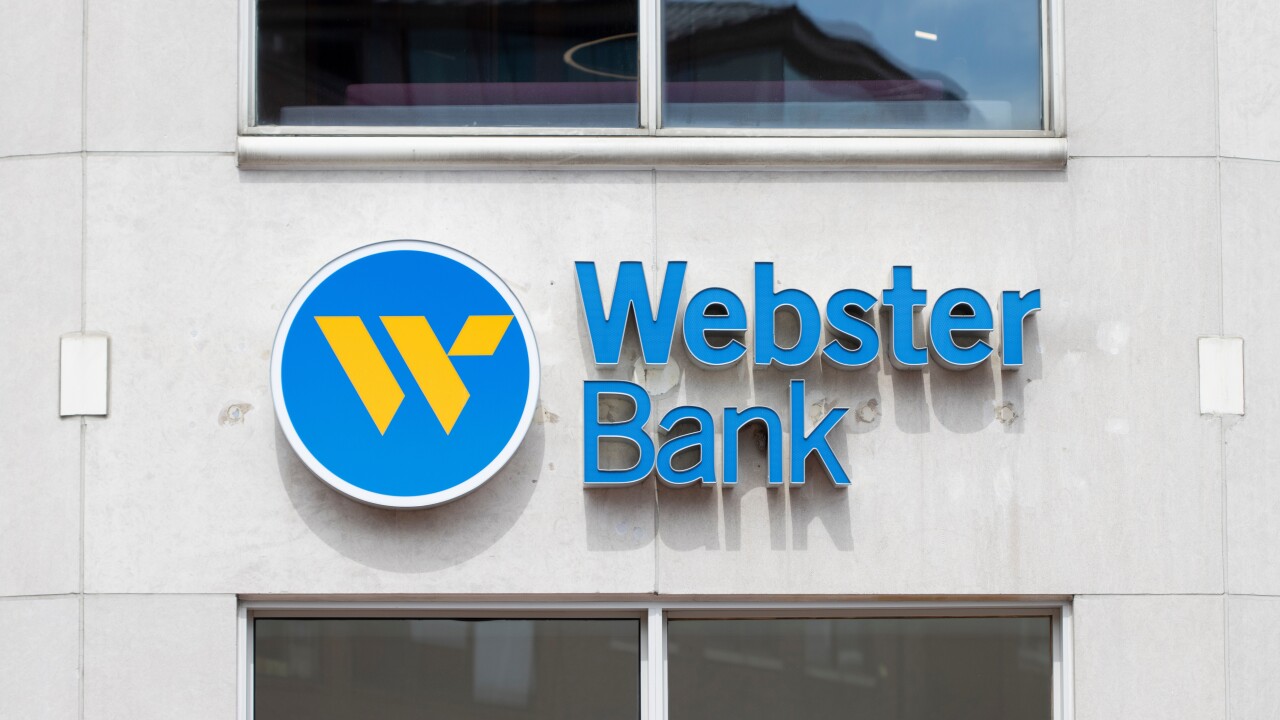
"The FDIC is on line one … something about needing your help with a computer tape?"
At first, neither my office manager in Philadelphia nor I had any idea what the
The Federal Savings and Loan Insurance Corporation, or FSLIC, was likewise making branch deposit data public for thrifts, but for some reason the
As one of the
Upon calling back the FDIC, I learned that they wanted to borrow one of my computer tapes because of some problem with their own. I, of course, agreed to overnight it to them, but they insisted on sending two representatives from D.C. to my Philadelphia office to personally pick it up, which they did the next day.
Upon relating this event to my Wharton students at the time, I jokingly said that I bailed out the FDIC!
SOD data going back to 1970 is available on computer tapes categorizing deposits by both size and type. The FDIC's
Retail deposits are the lifeblood of banking but prior to the 1970s, where a bank generated this critical liquidity source through its branch network was always a secret.
The disclosure of deposit data made me realize that besides being the most heavily regulated industry in the world, banking is also the most transparent. Bankers have little to hide, except confidential examination reports and internal discussions.
Can you imagine how Wendy's would benefit knowing the annual sales of every McDonald's and Burger King location? Or, Lowe's knowing the annual sales of every Home Depot store?
This data base was a gift from the regulatory gods for industry analysts. For the first time, it was possible to see which bank branches were generating the most deposits.
Such competitive information was and still is useful in not only establishing new locations but closing unprofitable ones. Appraisers use this data to help value existing branches, and many landlords regularly monitor deposits at leased branches, especially where rent is based on deposits.
Data as of Dec. 31, 2023. Dollars in thousands.
Even bad guys could potentially benefit from branch deposit data.
Disclosed branch deposit data seemed to help everyone but the banks doing the disclosing.
Having previously been offered a job by the FDIC's Division of Research, I learned from one of my contacts there that banks and thrifts, especially larger ones with many branches, had opposed this disclosure requirement. In fact, I further learned from my FDIC contact that about 100 banks fought the disclosure, including "ten big banks in New York."
Some banks did not properly disclose their data in the beginning. A few large banks initially estimated branch deposit data by dividing total county deposits by the number of offices, thus reporting the same exact deposit level for all offices in that county. Other banks would modify their internal deposit accounting procedures to attempt to "hide" their biggest branches by shifting some big deposit customers to nearby offices or their large main office. The FDIC put a stop to these and other practices to help ensure the integrity of the data.
If banks and thrifts strongly opposed this disclosure and their regulators had regular access to this data for any supervisory or other purpose, I asked myself "What was the public policy benefit of the FDIC and the former FSLIC disclosing this data for banks and thrifts?"
More importantly, "Why didn't the NCUA disclose similar information for credit unions, since their deposits were likewise federally insured?" This was puzzling since federally insured credit unions competing with banks for retail deposits would be the primary beneficiary of this data.
Armed with this competitive data, credit unions can target bank branches with the largest deposits and open a branch next door to siphon off deposits. It's almost like the opposing team has your retail deposit playbook, but the refs who are clamoring about liquidity management do nothing about it.
Fifty years of branch location consulting taught me that anyone can open a branch next to a very large banking office and quickly get at least 10% of its deposits on customer dissatisfaction alone. A hungry competitor with the right personnel and marketing programs can make much larger inroads. Think about that the next time you see a very busy credit union branch that opened next to a bank branch.
The credit union industry always has an answer for their federal tax advantage and Community Reinvestment Act exemption. They argue, for example, they pay other taxes and would be out of business if they did not serve their community, which is exactly what banks said prior to that 1977 law.
However, there really is no credible answer for their branch deposit data disclosure exemption for over 50 years … other than the fact that their industry has a powerful congressional lobby that will always fight to maintain any competitive advantage, whether back in the 1970s or today.
The banking industry should throw the red flag in Congress to request a review of this exemption. Fair-minded congressional representatives should be thinking about a






